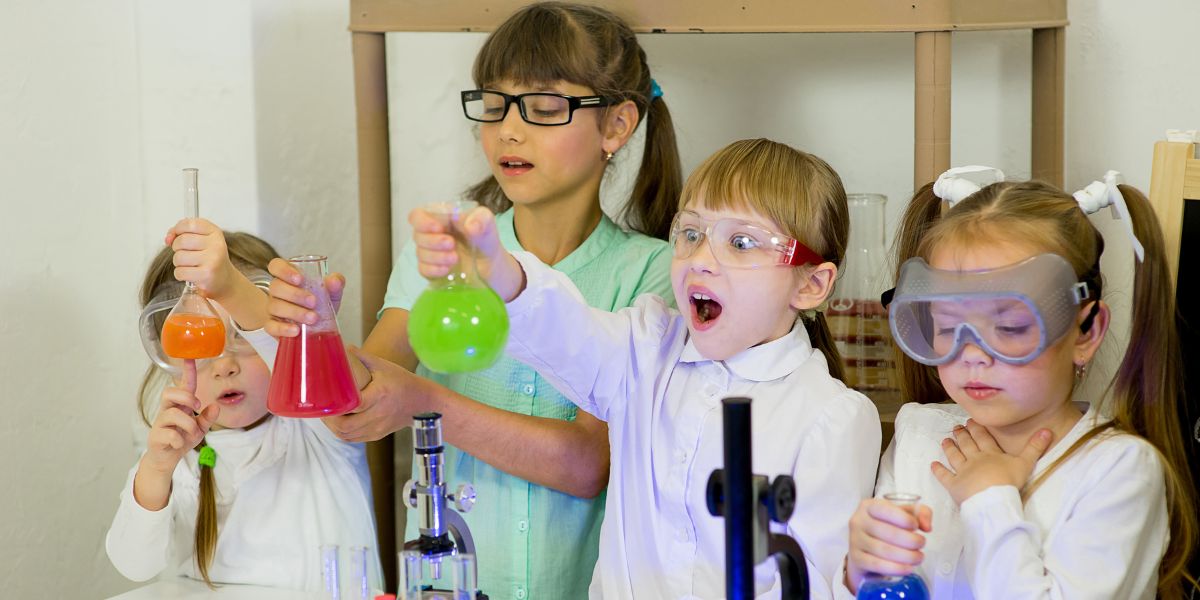
When conducting chemistry experiments, you might wonder how a hot plate truly influences the outcomes. The role of a hot plate goes beyond merely heating substances; it plays a pivotal part in catalyzing reactions and ensuring precise temperature regulation. As you consider the intricacies of chemical processes and the impact of heat on molecular interactions, delve into how a hot plate's functionality can elevate the efficiency and reliability of your experiments.
Accelerates Reaction Rates
By providing direct heat, a hot plate speeds up chemical reactions in your experiments. This acceleration occurs because the heat energy from the hot plate increases the kinetic energy of the molecules in your reaction mixture. As the temperature rises, the molecules move faster, resulting in more frequent and energetic collisions. These collisions are essential for breaking and forming chemical bonds, leading to faster reaction rates.
When using a hot plate, you can observe reactions that might be too slow at room temperature to proceed effectively. By raising the temperature using the hot plate, you can overcome activation energy barriers and promote reactions that are essential for your research or analysis. This rapid acceleration of reaction rates allows you to obtain results more quickly, saving you valuable time in the laboratory.
Additionally, the controlled heating provided by the hot plate ensures that your reactions occur at the desired temperature, leading to more consistent and reliable outcomes.
Enables Precise Temperature Control
With a hot plate, you can maintain precise control over the temperature during your chemistry experiments, ensuring accurate and consistent results. This level of temperature control is crucial in many experiments where even slight variations can significantly impact the outcome. Hot plates typically come with adjustable temperature settings, allowing you to set the exact temperature required for your reaction. This precision enables you to create optimal conditions for reactions to occur, leading to reliable and reproducible results.
Furthermore, the ability to control temperature precisely is essential when working with temperature-sensitive compounds. By using a hot plate, you can avoid overheating or cooling your samples beyond the desired range, which could potentially alter the reaction or even cause it to fail. The consistent temperature maintained by the hot plate ensures that your experiment progresses as intended, giving you confidence in the reliability of your data.
Facilitates Even Heating Distribution
To ensure uniform heating across your samples in chemistry experiments, a hot plate facilitates even distribution of heat, optimizing reaction conditions for reliable results. When conducting experiments, it's crucial that all parts of your sample receive the same amount of heat to ensure consistent and accurate outcomes.
A hot plate achieves this by providing a flat surface where your glassware can rest securely, allowing heat to be evenly spread throughout the container. This feature is particularly beneficial when working with sensitive reactions that require precise temperature control. By ensuring that heat is distributed uniformly, a hot plate minimizes the risk of hot spots or uneven heating, which can lead to flawed results or incomplete reactions.
Additionally, the even heating distribution provided by a hot plate enables you to conduct experiments with greater control and confidence, ultimately enhancing the quality and reliability of your findings.
Enhances Experiment Reproducibility
Using a hot plate in your chemistry experiments consistently enhances the reproducibility of your results. By providing a stable and controlled heating source, the hot plate ensures that each experiment is conducted under the same temperature conditions every time. This consistency is crucial for reproducibility because it minimizes variations caused by fluctuations in heating, ultimately leading to more reliable results.
Additionally, hot plates allow you to precisely set the desired temperature for your experiments, reducing the likelihood of human error when compared to traditional heating methods like Bunsen burners. With a hot plate, you can easily replicate your experimental conditions across multiple trials, making it easier to verify your results and identify any inconsistencies or errors.




